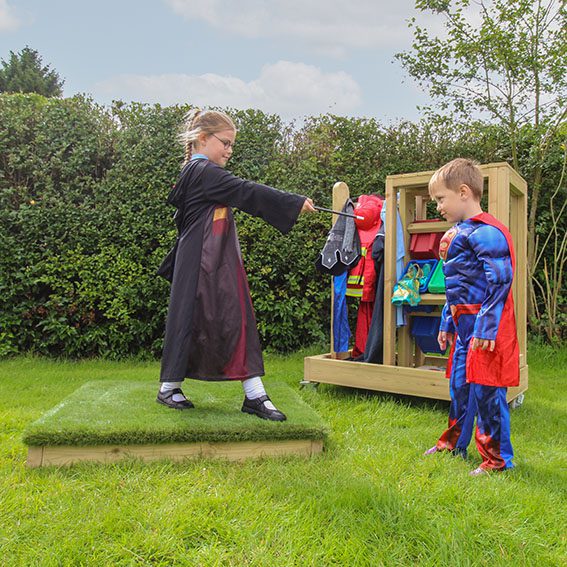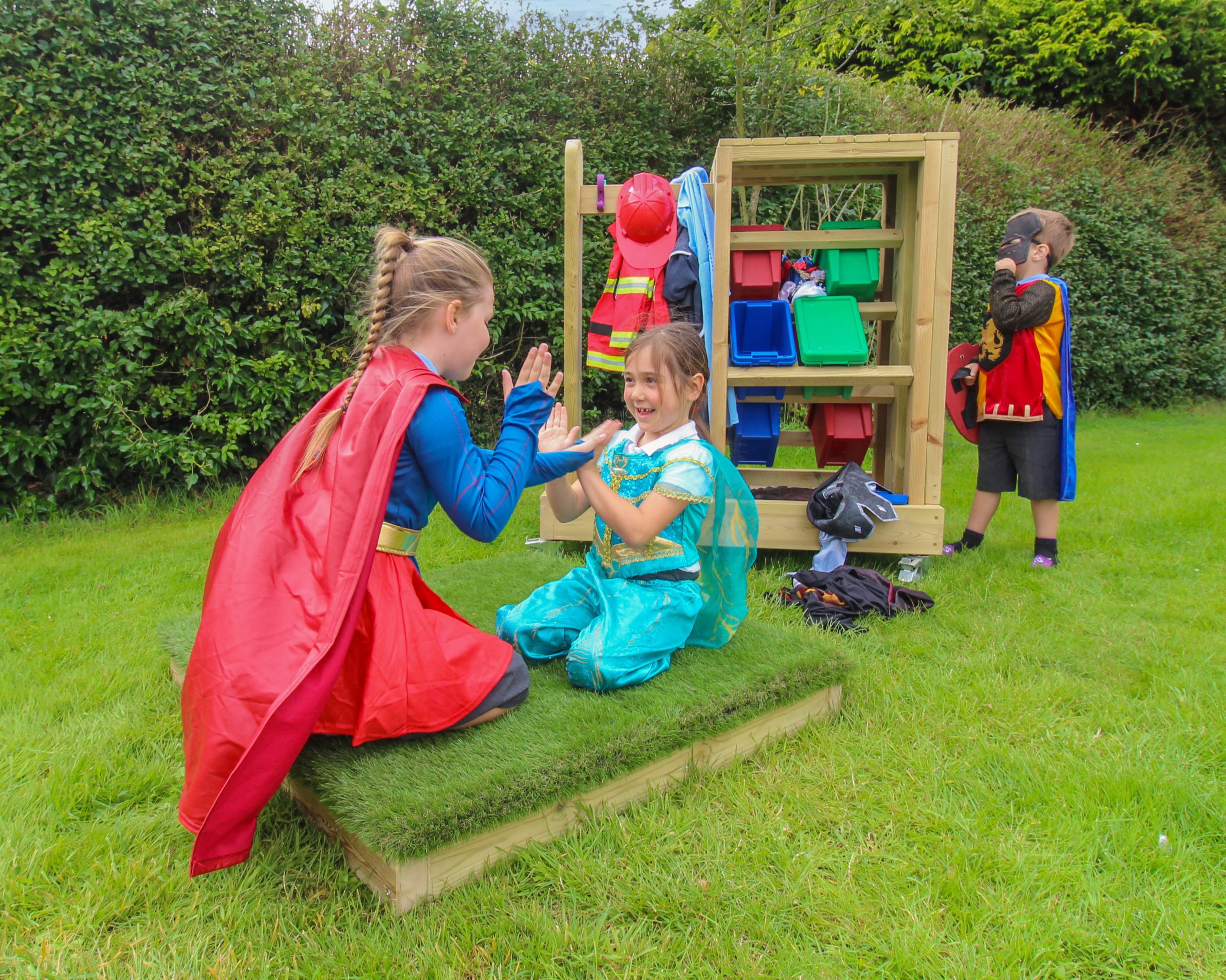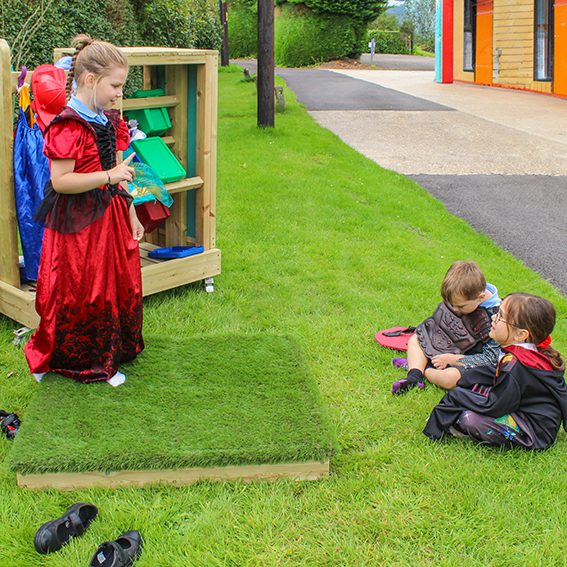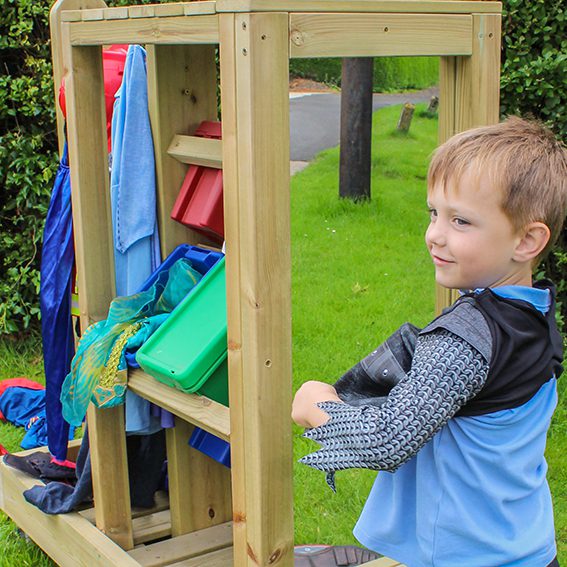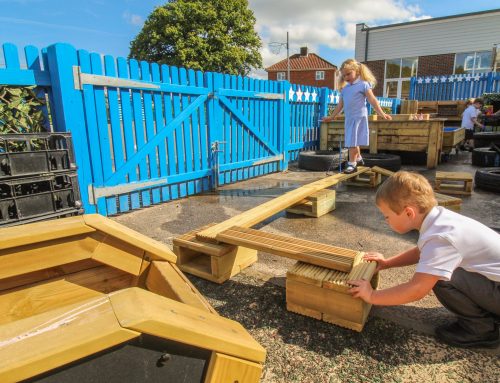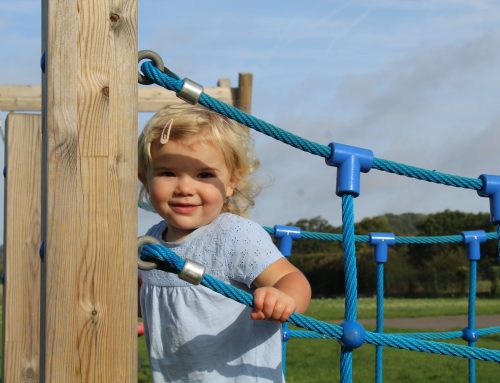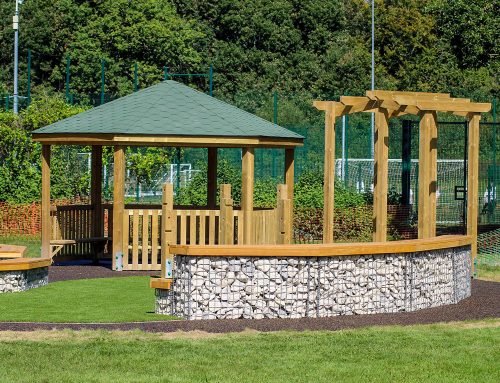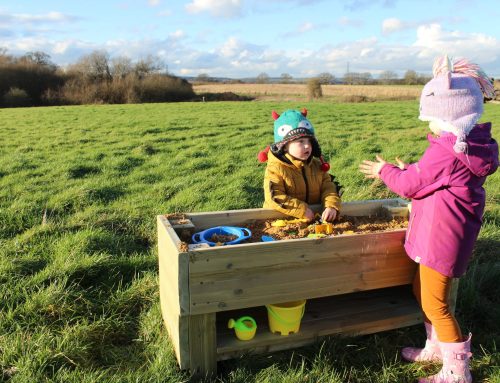Step onto the school grounds, and you might find yourself amidst a vibrant tapestry of creativity, laughter, and camaraderie. Children, with their boundless imagination, have a natural inclination to perform and dress up with friends, transforming everyday moments into unforgettable adventures. In this blog, we’ll explore the enchanting world of children’s performances and dress-up escapades at school, celebrating the magic that unfolds when imagination takes centre stage.
The Magic of Children’s Performances:
- Spontaneous Dramas: School playgrounds often become impromptu stages where children spontaneously create and act out their own mini-dramas. These performances can range from imaginative storytelling to re-enactments of favourite stories or movies.
- Expressive Play: Performing allows children to express themselves in unique ways. Through role-playing and dramatization, they explore different emotions, characters, and scenarios, enhancing their emotional intelligence and communication skills.
- Team Building: Collaborative performances are a hallmark of school play. Children learn the importance of teamwork as they collaborate with friends to plan, rehearse, and execute their performances. This fosters a sense of unity and shared achievement.
- Boosting Confidence: Stepping into the spotlight, even in the familiar setting of a schoolyard, boosts a child’s confidence. The applause and encouragement from peers provide a positive reinforcement that contributes to a healthy self-esteem.
The Enchantment of Dress-Up Adventures:
- Everyday Superheroes: School time often sees the emergence of everyday superheroes. Whether donning capes, masks, or makeshift armour, children love to imagine themselves as heroes with extraordinary powers, ready to save the day.
- Princesses and Knights: The allure of fairy tales is undeniable, and schoolyards become enchanted realms where little princesses twirl in dresses and knights embark on noble quests. Dressing up allows children to step into the magical worlds they read about in books.
- Imaginative Exploration: Dressing up isn’t limited to predefined roles; it’s an act of imaginative exploration. From pirates to astronauts, children revel in the opportunity to embody diverse characters, broadening their horizons and understanding of the world.
- Cultural Celebrations: Dressing up becomes particularly exciting during cultural events and celebrations. Children eagerly embrace the chance to wear traditional costumes, showcasing and celebrating their cultural heritage with pride.
Fostering a Culture of Creativity at School:
- Dress-Up Corners: Create designated dress-up corners in classrooms or play areas, stocked with costumes, accessories, and props. This invites children to explore their creativity during free play.
- Themed Days and Events: Introduce themed days or events where children are encouraged to dress up according to a specific theme. This can coincide with holidays, storybook characters, or even historical figures.
- Open Mic Sessions: Organize open mic sessions or talent shows where children can showcase their performances. This not only provides a platform for expression but also fosters a supportive and appreciative atmosphere.
- Incorporate Drama into Curriculum: Integrate drama and creative expression into the curriculum. This could involve storytelling sessions, dramatizing literature, or even creating short plays as part of classroom activities.
The lively world of children’s performances and dress-up adventures at school is a testament to the incredible power of imagination. As educators and parents, we can celebrate and nurture this creativity, recognizing the profound impact it has on children’s social, emotional, and cognitive development. In the realm of school play, every day is a new opportunity for children to shine as performers, storytellers, and imaginative explorers, weaving the fabric of friendship and joy that defines their school days.


